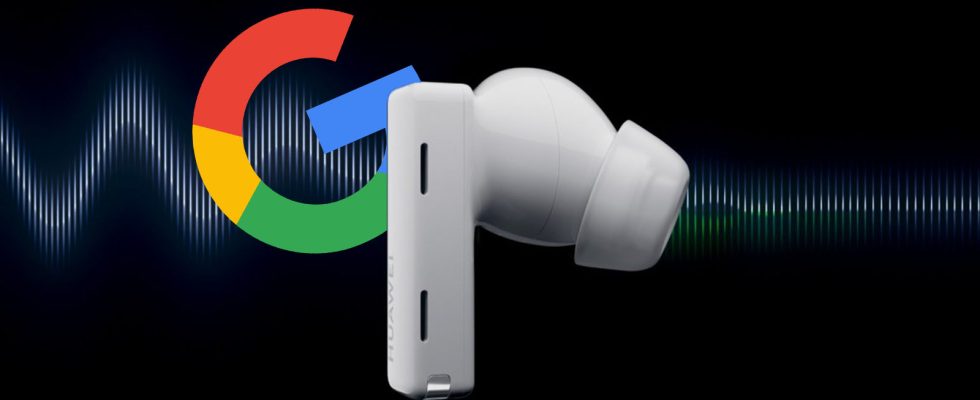Google has made a breakthrough in health sensing technology, turning active noise-canceling (ANC) headphones into heart rate monitors with just a software update. This innovation is based on audioplethysmography (APG), where the ear canal is identified as the most suitable location for health monitoring due to its complex network of blood vessels.
Google managed to measure heart rhythm by broadcasting a low-intensity ultrasound signal through ANC headphones
The technique involves emitting a low-intensity ultrasound signal from the headphone’s speakers, which, when picked up by the built-in microphones, captures echoes modulated by small ear canal skin displacement and heartbeat vibrations.
Google developed a model that processed this feedback and provided both heart rate and heart rate variability (HRV) measurements. Remarkably, this method remains effective even when music is playing and the headphone seals are not perfect. Although body movements initially presented a challenge, Google addressed this with a multi-tone approach to calibration, resulting in high-quality pulse waveform readings.
APG has demonstrated remarkable accuracy in comprehensive studies involving 153 participants, with a median error of 3.21% for heart rate and 2.70% for HRV measurements across a variety of activity scenarios. Notably, this approach is not affected by different skin tones or suboptimal sealing conditions, distinguishing it from traditional photoplethysmogram (PPG) and electrocardiogram (ECG) sensors, which come with greater complexity, weight, and power consumption.

Google sees APG as a game-changer in health sensing, enabling all true wireless ANC headphones to become smart health monitoring devices with a simple software update.
This converter technology offers numerous advantages, including a completely inaudible detection carrier signal that is unaffected by background music. Although its integration into Pixel Buds has not yet been confirmed, this development represents a significant step forward in biomedical and mobile research and opens up new possibilities for affordable health monitoring.


